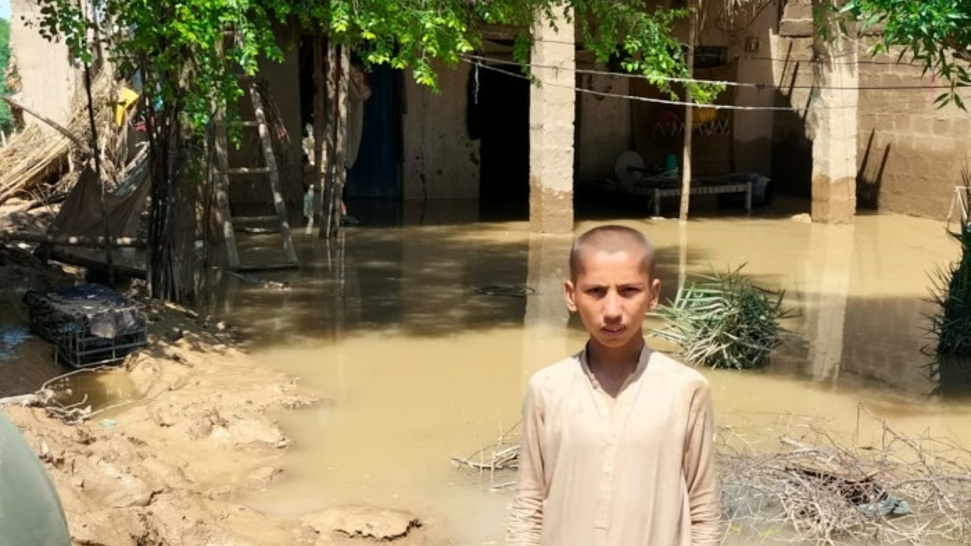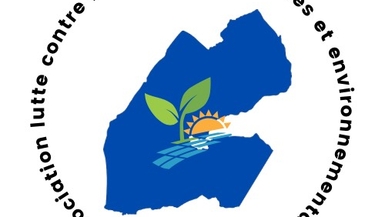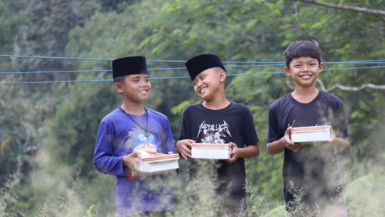Campaign Status
Ongoing Offline: The campaign is currently ongoing offline, and as a result, the fundraising process continues.
Summary
The campaign aims to enhance the living conditions of people affected by floods through the distribution of non-food items (NFIs) for adolescents and women.
Challenge
The recent torrential rains in the Khyber Pakhtunkhwa province over the past few days, along with subsequent flash flooding, landslides, and avalanches, have resulted in more than 160 deaths in various parts of the Khyber Pakhtunkhwa province and NMD districts. Many people have been reported as missing, and numerous women and children have been injured. Hundreds of houses have been destroyed, leaving thousands homeless.
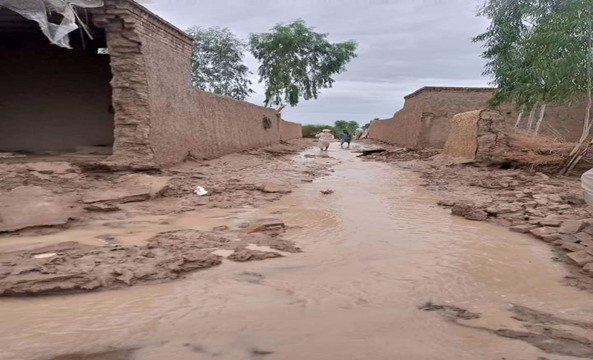
In DI Khan, the powerful floodwaters have severely impacted 12 out of the 28 union councils of DI Khan. More than one hundred villages in DI Khan District have been affected by the floods. Monsoon rains began in Khyber Pakhtunkhwa in July 2022, leading to flash floods and significant damage in various parts of DI Khan District. The region became isolated due to damaged roads and collapsed bridges. In 150 localities, a total of 58,150 households have been significantly affected by the disaster, which accounts for 85 percent of the total households in the affected area. These include 11 villages in union councils Khutti, Kotla Habib, Fateh, Haji Mora-I-II, Chehkan, Pota, Yarik, Budh, Shorkot, Himmat Singhar, and Saggu Janubi.
The selection of the target area is driven by the presence of remote villages and their vulnerability to construction risks, environmental hazards, and climate change. The inherent vulnerabilities of the affected population have been exacerbated in the aftermath of the floods. People in these areas already live in conditions of poverty, inequality, and limited economic opportunities. Housing structures are weak, access to public infrastructure and services is generally limited, and semi-barren land is prone to flash floods and other natural disasters. Food grains stored for the entire year have been destroyed under the debris, exacerbating the food security situation in flood-affected villages.
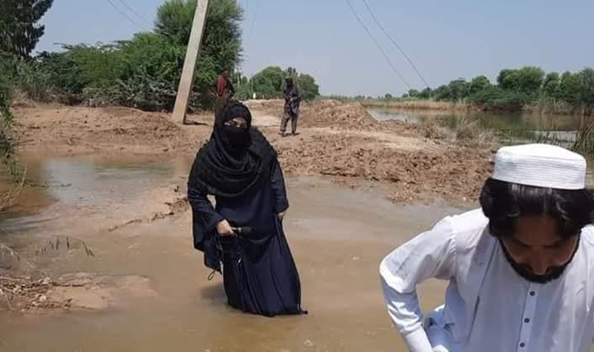
Residents are living in unsafe areas and houses due to limited options and capacities. In addition to their daily challenges, women and children are now at high risk as they are compelled to live in tents or open spaces. Women and children are in need of quilts and warm clothing. Families are living in precarious conditions as they brace for the harsh cold weather. It is difficult for the inhabitants of the area to cope with this situation due to a lack of warm clothing, quilts, mattresses, blankets, and special needs for women during their menstrual periods. Mosquitoes and the risk of Leishmanial sandfly infections pose further threats to the lives of affected people. Widespread poverty, vulnerability, remoteness, increased environmental stress, and limited economic opportunities seriously challenge the ability of affected people to secure a better life for their children and women.
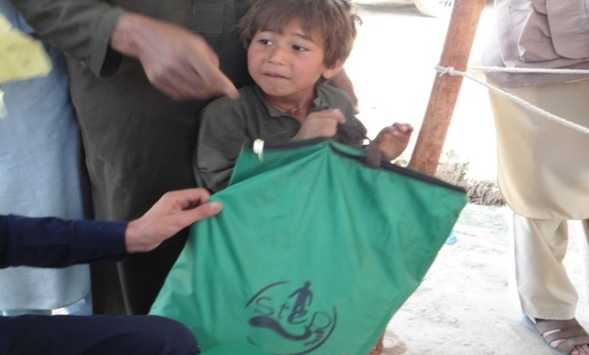
Solution
We aim to significantly improve the living conditions of people affected by floods through the distribution of non-food items (NFIs) for adolescents and women. Our goal is to ensure that individuals facing challenging circumstances can find refuge and reside in a relatively clean environment, protecting them from the most dire situations.
